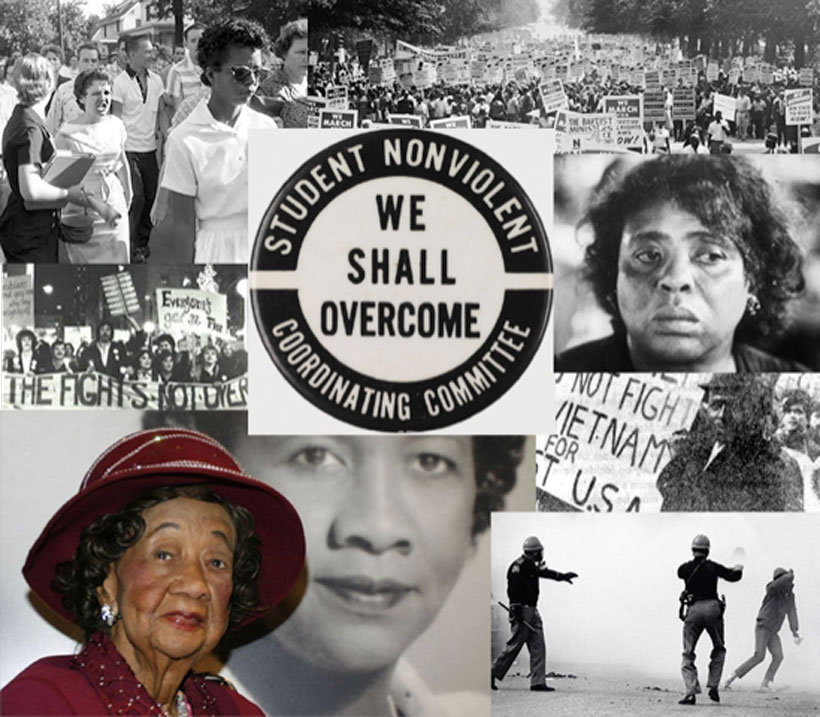Museum Access
By juliasmithApril 16, 2018 - 21:32
I enjoyed reading about museum accessibility because it's something that I haven't specifically thought a lot about before. Carmen Papalia made me realize just how inaccessible most museums are. One thing he said that stood out to me was, "To see the museum without sight is to rediscover it." I've always thought of museums as visual spaces, but the way he wrote about his experiences made me realize that they are much more than that.






